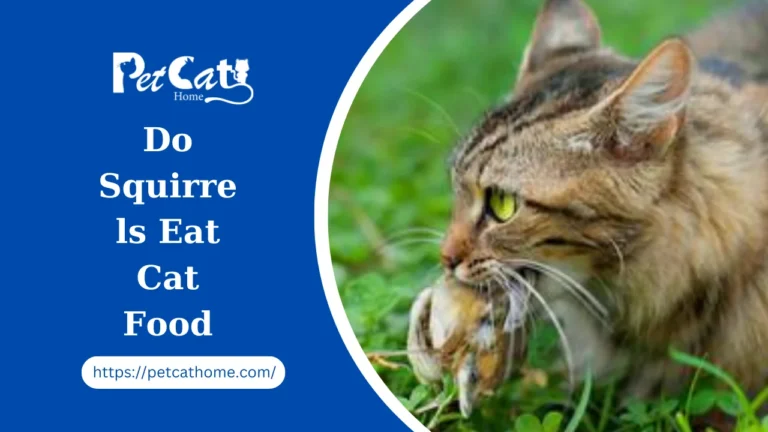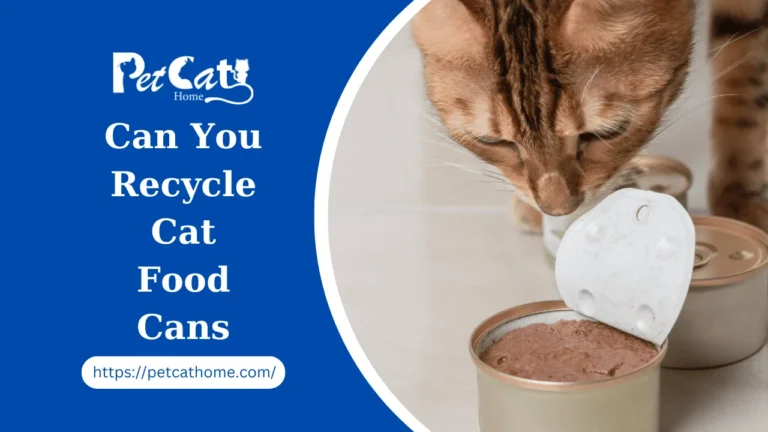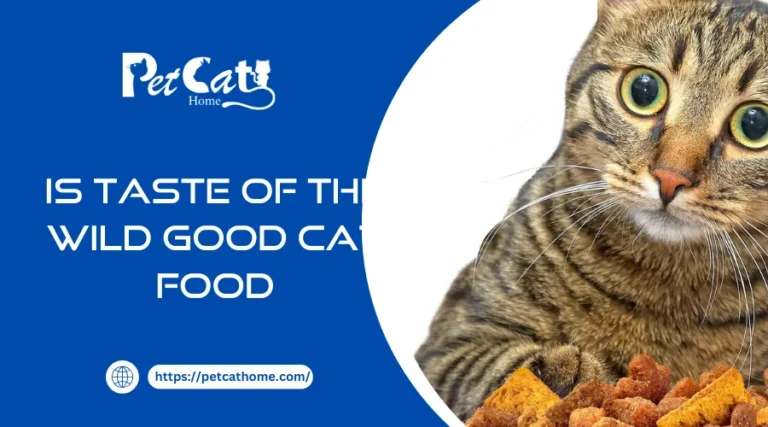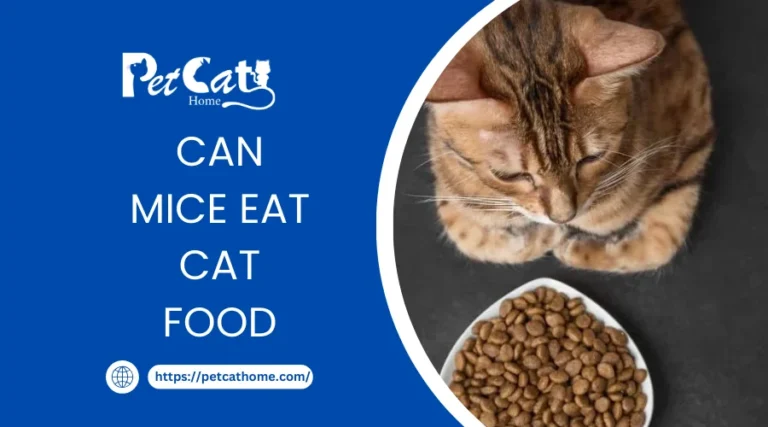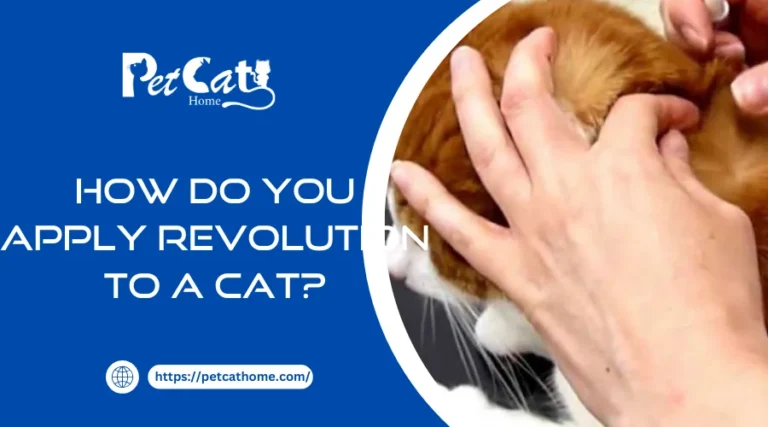Best Cat Food For Hairballs
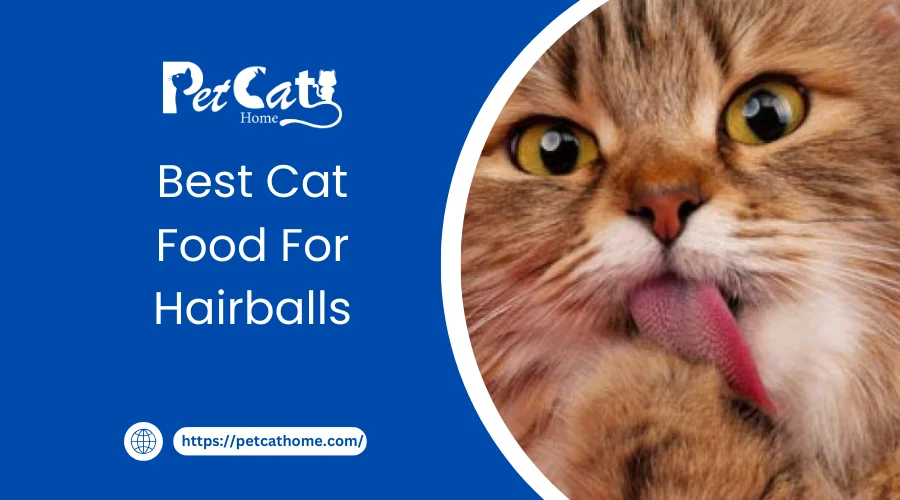
Hairballs are a frequent and irritating condition for cats and people working in the field of feline health. These fur clumps, which cats frequently throw up, can be brought on by overgrooming or shedding, and if left unchecked, they can cause discomfort and even medical problems. Selecting the finest food for cats for hairballs is an important proactive step that responsible pet owners should take to solve this problem.
Before diving into cat food details, it’s critical to comprehend the underlying causes of hairballs. Cats are careful groomers; they remove excess fur from their fur with their rough tongues. Although this grooming habit is normal and required, it may cause hair to be ingested and accumulate as hairballs in the gastrointestinal tract. These hairballs have the potential to irritate and obstruct, which might result in nausea or constipation.
Factors to Consider When Choosing Cat Food for Hairballs
High-Quality Protein
Choose cat food that contains high-quality sources of protein, such fish, poultry, or turkey. Diets high in protein promote healthy skin and coat by lowering excessive shedding and grooming, both of which can lead to the development of hairballs.
Fiber Content
Seek for cat food that has a sufficient amount of fibre. Fibre facilitates the passage of hair through the digestive system and assists with digestion, which lowers the risk of hairball production. Vegetables, fruits, and grains like oats and brown rice are natural sources of fibre.
Moisture Content
Select cat food that has a lot of moisture. Diets high in moisture assist maintain urinary tract health and hydration, which can help reduce hairball formation and make it easier for them to transit through the digestive system.
Omega-3 Fatty Acids
Add diets for cats that are fortified with omega-3 fatty acids, like flaxseed or fish oil. These vital fatty acids minimise the development of hairballs and encourage healthy skin and coat.
Limited Ingredient Formulas
If your cat has dietary sensitivities or allergies, think about feeding them cat food with limited ingredient formulations. Diets that are more straightforward can assist in removing possible causes of stomach problems and overgrooming, which lowers the chance of hairballs.
Top Picks for the Best Cat Food for Hairballs
1. Royal Canin Hairball Care Dry Cat Food
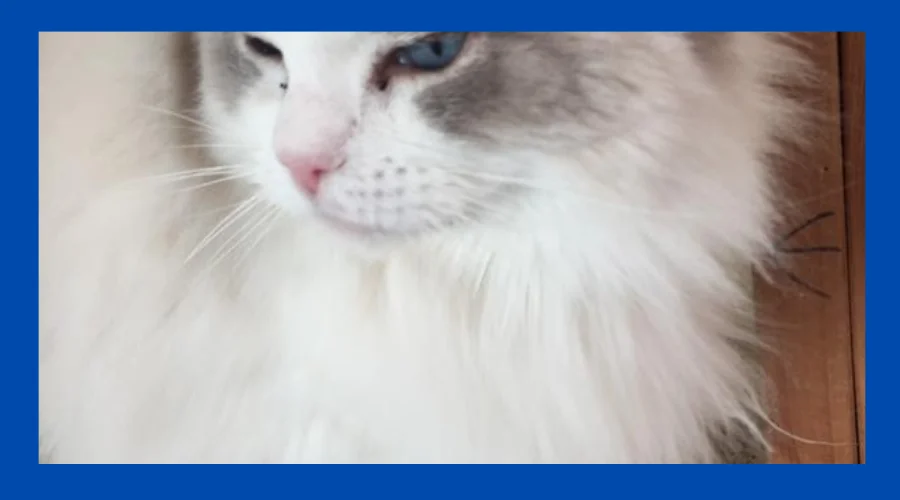
Royal Canin Hairball Care Dry Cat Food has been specially formulated to address hairball difficulties. It contains a blend of fibres that assist good digestion and reduce the production of hairballs. It has a precisely balanced nutritional composition to minimise shedding and encourage the healthiest possible coat.
2. Hill’s Science Diet Hairball Control Cat Food
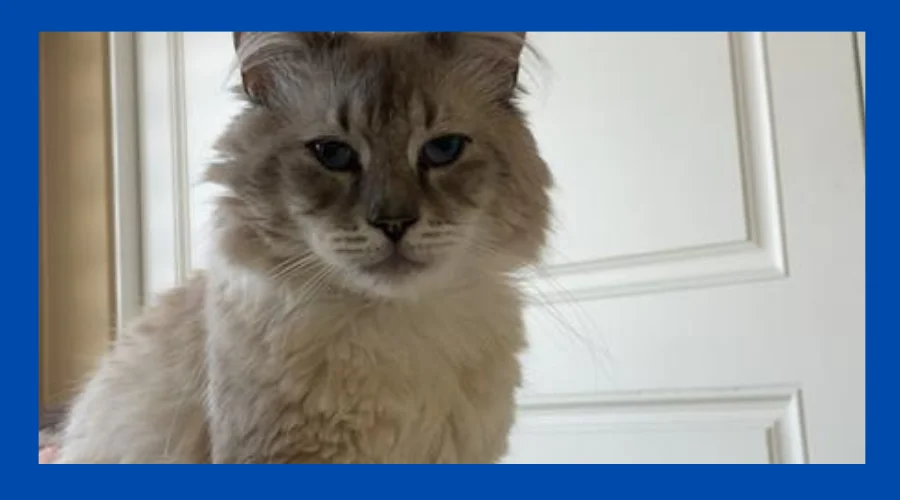
The Science Diet of Hill Control of Hairballs To help lessen hairballs, Cat Food is made with natural ingredients and a special fibre combination. This composition, which is enhanced with omega-3 and omega-6 fatty acids, minimises shedding and promotes intestinal health while providing nourishment to the skin and coat.
3. Blue Buffalo Indoor Hairball Control Cat Food

Blue Buffalo Indoor Hairball Control Cat Food has a specific blend of fibres to support healthy digestion and real meat as the main component, making it ideal for indoor cats who are prone to hairballs. It offers a healthy and natural alternative for your feline companion because it is devoid of artificial flavours, colours, and preservatives.
Best Cat Food and Treats for Hairballs
If you spend enough time with cats, you will eventually discover a hairball on the floor (or, if you’re extremely unfortunate, in your bed or shoe). However, having a cat doesn’t have to mean constantly having hairballs.
Because cats throw up hairballs so frequently, it’s simple to assume that they’re normal when, in reality, they’re a sign of an issue. Hairballs and diarrhoea can be compared because, while they both occur occasionally, they are both signs of a medical problem.
The most prevalent causes of hairballs are disorders of the digestive system or skin conditions that result in excessive grooming and/or hair loss.
Here are some things to consider when hairballs become more of a problem and how toYour cat’s diet can aid in the management of hairballs.
Go to the Vet If You See Frequent Hairballs
Make an appointment with your veterinarian to check for an underlying issue if hairballs are appearing more frequently than once a month or so.
Beginning with a patient history and physical examination, a thorough work-up for persistent or severe hairballs may include:
- scrapings of skin to check for mites
- Examinations for ringworm
- To rule out skin infections, use cytology
- Imaging of the abdomen
- blood labour
- Analysing urine
- Examining the faeces
- Perhaps skin or gastrointestinal tract biopsies
What to Feed Your Cat to Treat Occasional Hairballs
The best course of action is dietary management if your cat is healthy and just occasionally gets hairballs.
Hypoallergenic Diets
Hairballs are often caused by undiagnosed food sensitivities or inflammatory bowel illness.
These illnesses result in inflammation of the gastrointestinal tract, which impedes a cat’s innate capacity to cope with ingested hair (i.e., keep it travelling in the appropriate direction).
In this situation, hypoallergenic diets can be beneficial.
How to Find the Right Hypoallergenic Cat Food
A number of pet food companies offer slightly hypoallergenic diets over the counter. Seek goods that are made up of just one primary type of protein that your cat has never consumed before.
Although these diets are frequently marketed as having “limited ingredients,” it’s important to carefully check the label to find out exactly what’s contained.
Feed the Hypoallergenic Diet Exclusively for 8 Weeks
To be certain about whether it is helpful, you will need to feed one of these foods (and nothing else!) for around eight weeks.
Consult your veterinarian about prescription diets if you’ve tried a few limited-ingredient, over-the-counter foods and they haven’t worked out well for you. Veterinarians prescribe these, and they are generally far less allergic.
High-Fiber Cat Food for Hairball Control
Some cats with hairballs can also benefit from a high-fiber diet.
Various forms of fibre have various purposes in digestion. Sources of insoluble (indigestible) fibre such as lignins, hemicelluloses, and cellulose can aid in the passage of hair through the digestive system.
Chicory, inulin, fructooligosaccharides, pectins, psyllium, plant gums, oats, barley, beetroot pulp, and certain fruits and legumes are examples of soluble (partially digested) fibre sources that serve a similar purpose and support gut health in general.
The soluble fibres in a cat’s large intestine are partially broken down by the bacteria that reside there, creating short-chain fatty acids that are vital sources of energy for the cells lining the large intestine.
How to Pick Out a High-Fiber Cat Food
A number of pet food producers have included fibre into their recipes to produce “hairball” diets that suit some cats.
Keep in mind that crude fibre does not take into account sources of insoluble fibre, so look for dry diets with a crude fibre ratio of about 8–10% and canned alternatives in the 2-4% range.
Try adding a little amount of canned pumpkin or unflavored psyllium to your cat’s current diet if you’re looking for a strategy to increase the amount of fibre.
Hairball-Control Treats
Foods that are balanced and full of nutrients should make up the vast majority of your cat’s diet—90% or more. Treats can supply the final 10% of calories.
A hairball treat that increases your cat’s intake of soluble and/or insoluble fibre may be helpful if they have a mild case of hairballs. Alternatively, try combining a hairball diet with goodies for an even bigger impact.
Hairball-Control Gels
For hairball control, lubricant gels including oils, waxes, or petroleum jelly are additional alternatives. In the GI tract, they cover the hair and keep it from clumping.
Although the frustration and unpleasantness of forcing cats to eat hairball lubricant outweighs any potential benefits, you can try mixing it into your cat’s food or dabbing it on their paws for them to lick off.
If you are also giving your cat a limited ingredient diet, do not offer them flavoured hairball lubrication.
FAQs
Why do hairballs occur in cats?
When cats eat loose fur while brushing themselves, hairballs result. After building up into a clump in the stomach, the hair is either vomited up or passes through the digestive tract.
How can a cat’s diet help avoid hairballs?
A diet rich in fibre can aid in the promotion of a healthy digestive tract and make it easier for hair to move through the digestive system, which lowers the risk of hairball production. Furthermore, foods with a sufficient moisture content can support hydration and digestive health in general, reducing the incidence of hairballs even further.
Are there particular components in cat food that I should be on the lookout for to aid with hairballs?
Yes, search for cat foods that have omega-3 fatty acids, fiber-rich ingredients like grains or vegetables, and high-quality sources of protein. These nutrients can lessen the development of hairballs, lessen shedding, and promote the health of the skin and coat.
Can I give my cat specific cat food designed to reduce hairballs?
Indeed, there are cat meals made especially to deal with hairball problems. These foods frequently have a combination of fibres to help with digestion and prevent the development of hairballs. To support the general health of the coat, they might also be supplemented with other vital minerals including omega-3 fatty acids.
How do I switch my cat over to a different cat diet that reduces hairballs?
Over the course of about a week, gradually combine increasing portions of the new food with diminishing amounts of the old food to help your cat adjust to a new hairball control cat food. By introducing the new diet gradually, you can assist your cat adjust to it and avoid any intestinal discomfort.
Conclusion
You may assist in controlling hairballs and fostering your cat’s general digestive health by feeding them the proper food. When choosing, take into account elements like moisture content, fibre content, omega-3 fatty acids, and formulae with a limited number of ingredients. You can maintain your cat’s happiness, health, and freedom from bothersome hairballs by feeding them the best cat food for hairballs.
